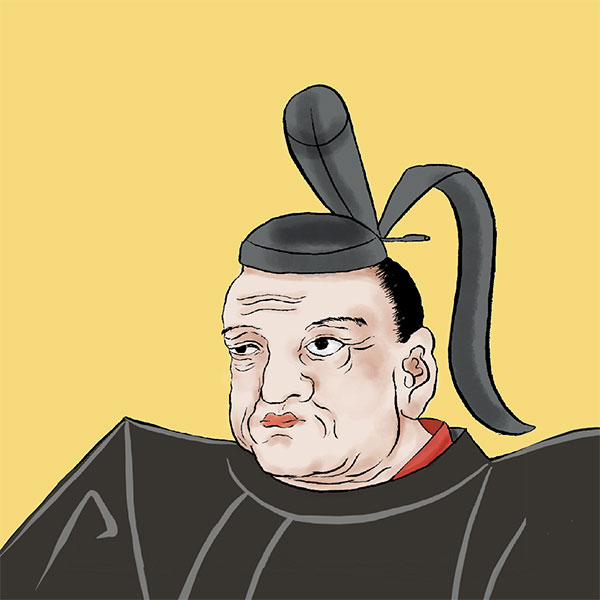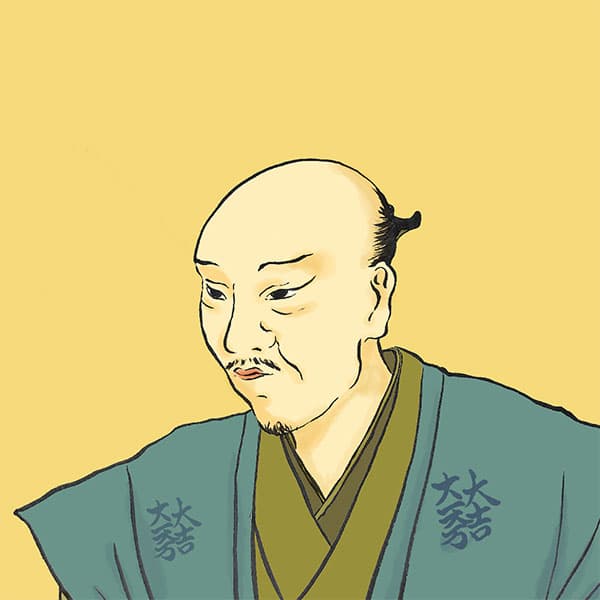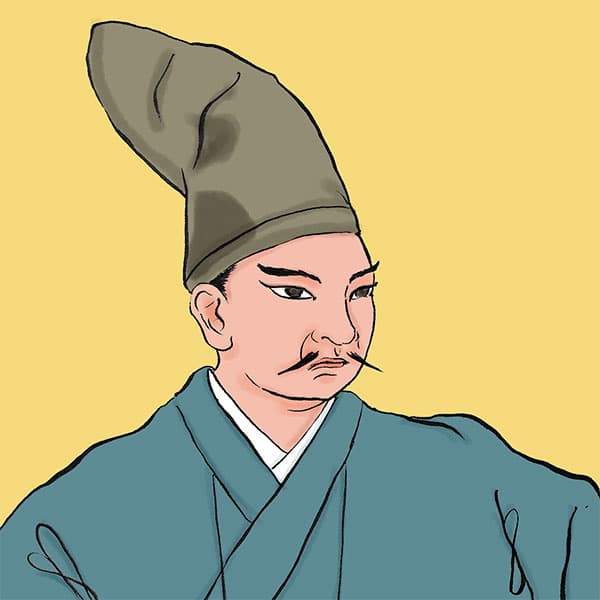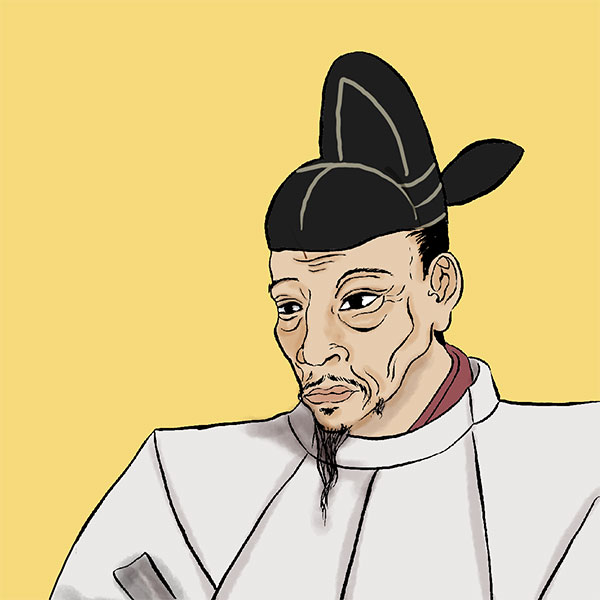Kunohe Masazane Rebellion (2/2)Hideyoshi's final battle to unify the country
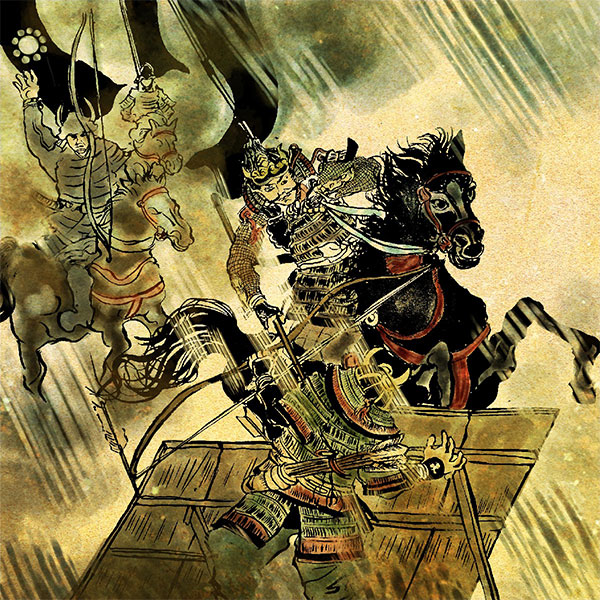
Kunohe Masazane Rebellion
- Article category
- case file
- Incident name
- Kunohe Masazune Rebellion (1591)
- place
- Iwate Prefecture
- Related castles

morioka castle

Hanamaki Castle

Santo Castle
The Kunohe army was strong, and there was also the passive attitude of the vassals who did not want to get involved in internal conflicts, so Nobunao judged that it would be impossible to suppress the Kunohe army on his own. He dispatched his sons Toshinao Nanbu and Nobuyoshi Kita to Hideyoshi to report the current situation and ask for help. In response to this, Hideyoshi organized the Oshu Re-Seiki Army on June 20th and set out to pacify Oshu.
If you add in Ujisato Gamo and Nagamasa Asano, who were originally in Oshu, the size of the Oshu re-punishment army reached 65,000. In fact, in addition to the Kunohe Masazune Rebellion, there were other uprisings in Oshu that opposed Hideyoshi's policies, and Hideyoshi probably wanted to suppress all of these movements and demonstrate his own power.
The members who participated in the Oshu re-punishment army were very luxurious. The supreme general was Hideyoshi's successor, Toyotomi Hidetsugu, who led an army of 30,000 soldiers, and with the addition of Tokugawa Ieyasu, they formed the ``Shirakawa Army''. Kagekatsu Uesugi and Yoshitsugu Otani participated in the ``Senbokuguchi Army'', Toshiie Maeda and Toshinaga and their son were in the ``Tsugaru Army'', and Mitsunari Ishida, Yoshishige Satake, and Kunitsuna Utsunomiya participated in the ``Soma Army''. Date Masamune and Mogami Yoshimitsu also joined the Tohoku group.
The Oshu Re-Shiroku Army quelled the uprising and headed north, joining up with Gamo Ujisato and Asano Nagamasa. In late August, they advanced close to the southern territory and put pressure on the Kunohe army. How did the government view the large army that was gradually approaching?
Masazane Kunohe's Rebellion ② Fierce battle! Battle of Kunohe Castle
On August 23rd, Kotoriya Settsu no kami of the Kunohe Army led a small group of 50 elite men and launched a surprise attack on the Oshu Saishio Army at Minokizawa (Ninohe District, Iwate Prefecture). Around 500 members of the Oshu Saishio Army suffered damage as they were unable to move as rocks and trees were thrown down from the cliff.
Despite this, the Oshu Saishio Army continued to advance, and on September 1, they captured the Kunohe Army's frontline strongholds, Aneobi Castle and Netori Castle. The battle was particularly fierce at Ane Obi Castle, and although the elder sister Obi Kaneoki, the Kanenobu brothers, and Kaneoki's wife, Kotaki no Mae, who was a master naginata player, fought bravely, most of them were killed in the battle.
On September 2nd, the Oshu Saishio Army arrived at Kunohe Castle, where Masazane Kunohe was located, and surrounded it with a large army of 65,000 men. Kunohe Castle is surrounded by the Mabuchi River to the west, the Shiratori River to the north, and the Nekobuchi River to the east, and steep cliffs to the west and north make it difficult to invade. To the south is the steep Naniuchi Pass, which was known as a strong fortress that took advantage of the natural topography. Although the difference in military strength was obvious, the Kunohe army put up a good fight and continued fighting even if half of them were killed. The Oshu re-punishment army was forced into an unexpected struggle.
By the way, the Kunohe Masazane Rebellion is the theme of military chronicles such as ``Nanbu Nemotoki'', ``Kunohe Gundanki'', and ``Oshu Nanbu Kunohe Gunki'', which vividly depict the exploits of the Kunohe army. Kudo Umasuke Yotsuna, a gun expert on the Kunohe side, smashed the head of an umbrella put out by the Oshu Aishiki army, drawing a loud cheer from both friend and foe, just like the ``target of the fan'' in the Genpei War. The episode is impressive. There are many interesting and dramatic anecdotes, such as the ``hatafuku tactic,'' in which moats and rice fields were wrapped in rice bran to make them look like land to lure the Oshu re-punishment army, and when they were trapped and unable to move, they were fired on with guns.
Kunohe Masazane's Rebellion ③ "False peace" to deceive and attack?
The Oshu re-punishment army therefore decided to approach Kunohe Masazane for peace. Nagamasa Asano asked for the cooperation of the monk Satten of Choko-ji Temple, the family temple of the Kunohe clan, and sent the monk as a messenger to recommend Masami to surrender. He tried to persuade Satsuma-no-Osho to accept the government by offering the condition that if the castle was surrendered, the lives of the people inside the castle would be spared.
Some members of the Kunohe Army doubted whether the peace agreement was a conspiracy, but in the end Masazane accepted the offer of peace and surrendered to the Oshu Re-Shioki Army on September 4. Masazane and his senior vassals dressed in white clothes, shaved their hair, and appeared as priests when they opened the castle.
However, the Oshu re-punishment army broke their promise. After ordering the local farmers to return home and carrying out post-war arrangements, they forced all the people inside the castle into the Ninomaru, slashed them, and set them on fire. There is a theory that this brutal incident was passed down in later military records and local folklore, and that it never actually happened, but during excavations at Kunohe Castle, more than a dozen headless human bones were found as evidence. There is a strong theory that this actually happened.
The human bones were buried in rough graves, and there were countless killing and puncture marks left on the bones. However, since the amount of human bones is too small, some are questioning whether or not everyone was slashed, and future investigations are awaited.
By the way, there is a strong theory that Masazane's child Kamechyo was killed in this battle, but there are legends that he survived and became a subordinate of Tokugawa Ieyasu and served the Date family.
Meanwhile, Masazane, who surrendered, was sent to the headquarters of the commander-in-chief, Hidetsugu Toyotomi, along with seven senior retainers, including Kiyonaga Kushibiki, and was beheaded in Missako, Kurihara District (Kurihara City, Miyagi Prefecture). Masazane's head was sent to Hideyoshi and exposed on the Return Bridge in Kyoto. Furthermore, in Kunohe Village, there is a ``Masazune's Head Mound,'' where legend has it that a vassal disguised as a beggar secretly took his head home and buried it.
The Tohoku region and the Toyotomi government after Masazune Kunohe's rebellion
After the Kunohe Masazane Rebellion, post-war measures were taken and punishment in the Tohoku region ended, and Toyotomi Hideyoshi unified the country. Hideyoshi added Waga and Hidenuki to Nanbu Nobunao. These two counties were the places where uprisings occurred at the same time, and were quelled by the Oshu Saishio Army. As a result, Nobunao was recognized as a daimyo with 100,000 koku.
In addition, Nobunao moved his base from Sannohe Castle to Kunohe Castle and renamed Kunohe Castle ``Fukuoka Castle.'' Kunohe Castle, which had been devastated by the war, was being renovated along with the castle town by Ujisato Gamo. After that, Fukuoka Castle was abandoned when the base of the Nanbu clan moved to Morioka Castle in 163, and only the remains of the moat and stone walls remain today.
Although Hideyoshi handed over the position of Kanpaku to Hidetsugu Toyotomi in December 1999, he continued to hold real power as Taiko. Hideyoshi's next target was overseas. In 1592, an army led by Hideie Ukita was dispatched to Korea. This battle, known as the ``Bunroku no Eki,'' caused the battle to be moved overseas for a while.
Reread the article on the Kunohe Masazane Rebellion

- WriterNaoko Kurimoto(Writer)I am a former travel industry magazine reporter. I have loved history, both Japanese and world history, since I was a child. I usually enjoy visiting temples and shrines, especially shrines, and often do ``pilgrimages to sacred places'' themed around historical figures. My favorite military commander is Ishida Mitsunari, my favorite castle is Kumamoto Castle, and my favorite castle ruins is Hagi Castle. My heart flutters when I see the ruins of battle castles and the stone walls of castle ruins.




